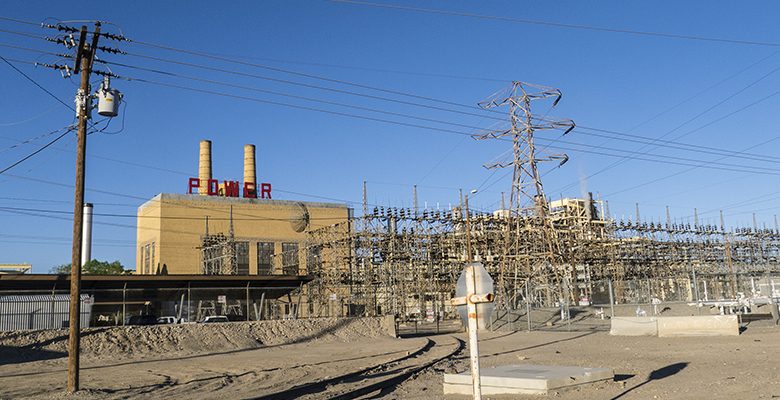In this ElPasoMatters.com post, Diego Mendoza-Myers writes about EPEC’s plans to build out its system and what that means for EPEC’s customers.
The El Paso City Council recently rejected a proposed rate increase by El Paso Electric that would spike household electricity bills by more than $22 per month — and likely generate millions of dollars of additional profit for the J.P. Morgan-backed investment fund that owns the utility.
But the unanimous vote by the council on Tuesday was largely symbolic and doesn’t mean rates won’t increase to some extent by next year.
Over the next few months, the city and dozens of other parties – such as local school districts and industrial companies – will try to lower the amount of the requested rate increase by negotiating with El Paso Electric in front of the state’s utility regulators. It’s those regulators who will ultimately decide whether to approve a rate hike – and by how much.
It’s a time-honored tradition. The same old dance.
EPEC asks for more than it wants, and the City of El Paso fights it, and then, the Public Regulatory Commission cuts the baby in half, and EPEC gets what it really wanted.
I remember former Mayor Dee Margo, in his failed campaign for re-election, told the voters that he has saved them money because El Paso Electric Company’s didn’t get everything it asked for.
Mr. Margo was mayor when EPEC was sold to JP Morgan’s Infrastructure Investment Fund. He thought it was a good idea.
“If we can’t build power, (employers) can’t build jobs,” Kelly Tomblin, El Paso Electric’s chief executive, said during a discussion held by the Federal Reserve Bank of Dallas earlier this month.
Here’s the naked truth: EPEC is asking El Paso consumers to subsidize demand for electricity in all of the company’s service area, from Hatch to Van Horn.
And they’re citing the false narrative of “economic development”.
When people like that talk about economic development, they’re talking about theirs, not yours.


Worse, they are really seeking this increase to fund their own “investment” in their own system! That is NOT how investing works! But, yes, they asked for more than they want, so eventually, they will get what they want, and we – as per usual – pay for it. Because, guess what? We have no option if we want electricity! Not in El Paso.